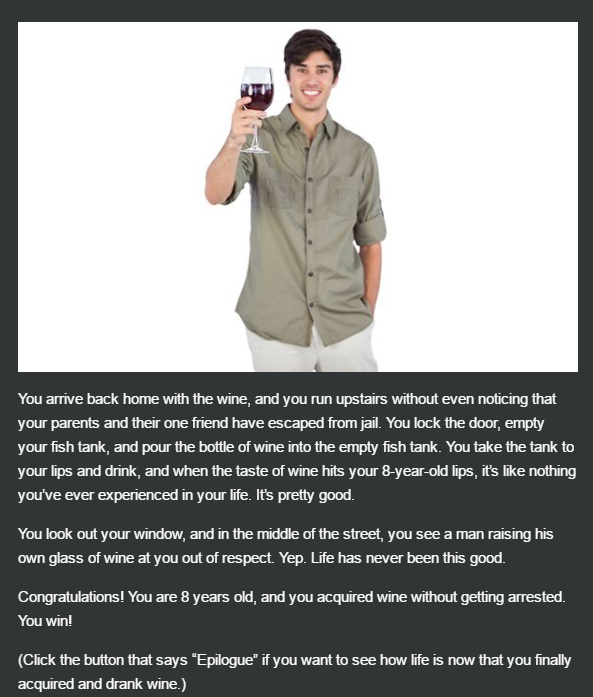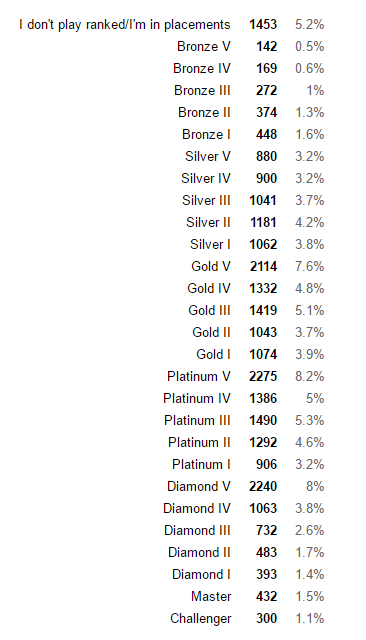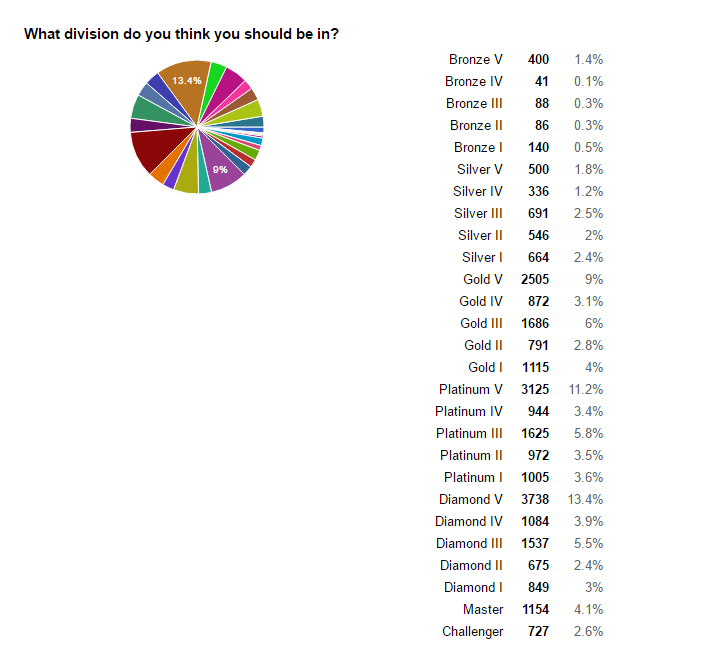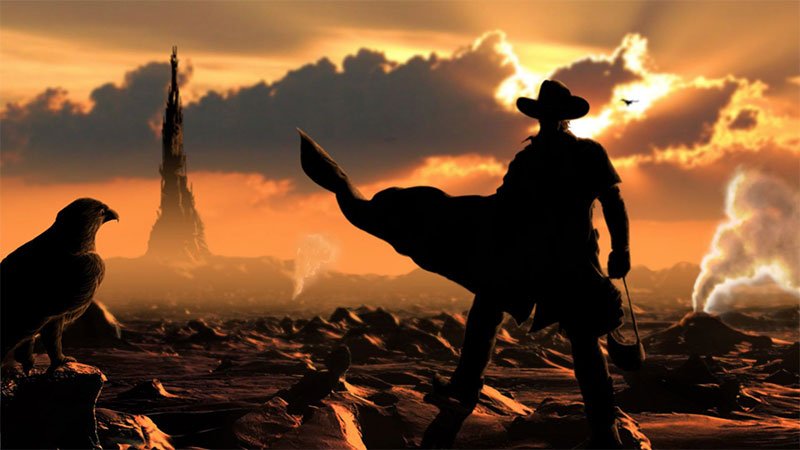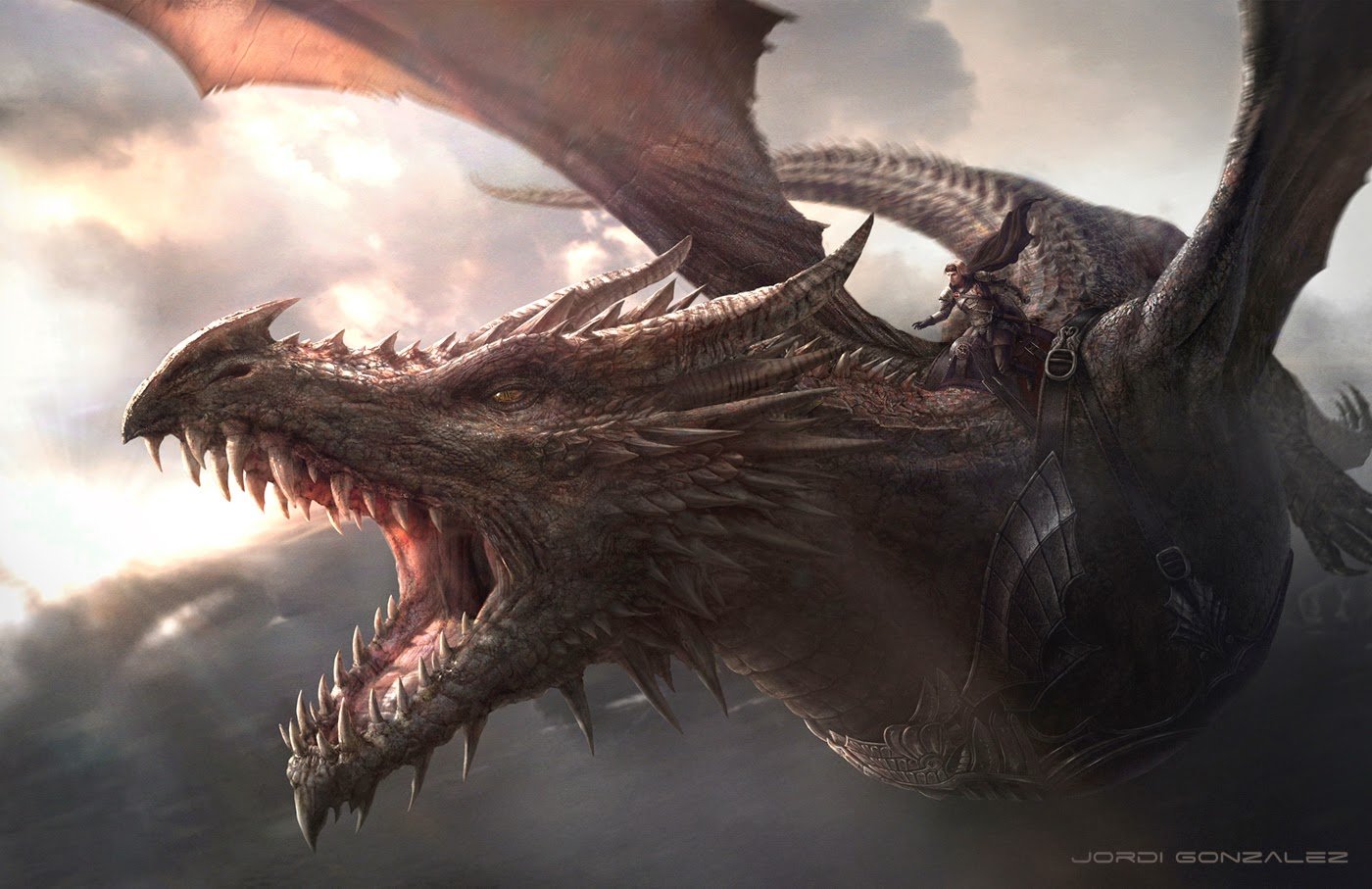1
Gaming / "Kojima Explains Death Stranding Gameplay and Lore"
« on: December 12, 2017, 09:20:48 PM »
http://www.ign.com/articles/2017/12/11/kojima-explains-death-stranding-gameplay-and-lore
Note: not a ton of specific info but between this interview and the game awards trailer we do know a lot more now.
Note: not a ton of specific info but between this interview and the game awards trailer we do know a lot more now.
Quote
Hideo Kojima on what happens when your character dies, "Timefall," and that ubiquitous baby. BY MARTY SLIVA “I’m trying to make something different. How to show that, how to have people see that, that’s something I’m trying to figure out.”
As usual, Hideo Kojima was calm and collected as I spoke to him just hours after the newest look at Death Stranding at the 2017 Game Awards. I’ve spoken with him several times throughout the past few years, from the forging of his partnership with Sony and his decision to use the Decima Engine, to the opening of his new studio deep in the heart of Shinagawa. But this time, something different happened. This time, I walked away from my time with Kojima with some actual, tangible details about the gameplay mechanics, philosophy, and lore of Death Stranding.
Death is Only the Beginning
“Games started over 40 years ago with arcades. When the player dies, it’s game over. You continue, and time goes back to before you die. You can die as many times as you want, but you always go back to a little bit before you die. That was a mechanic made specifically for putting in coins, and it hasn’t changed since then.
As Kojima spoke of the way a vast majority of games treat the concepts of life, death, and mortality, it was clear that Death Stranding was aiming to eschew this tradition. “One of the themes of this game is life and death. So I want people to realize that when they die in the game, that isn’t the end.”
“ I want people to realize that when they die in the game, that isn’t the end.
Partway through the latest clip from Death Stranding, Sam (played by Norman Reedus) watches as an explosion engulfs the giant, Lovecraftian-kaiju that projects through the fog. Suddenly we see an upside-down world submerged in water, where Sam exists among the flotsam and jetsam of the universe around him.
From the sound of it, this is where Sam, and the player, go every time they die. But don’t make the mistake of calling this “game over.” When you die in Death Stranding, you’re transported to this purgatory, where you’re free to explore in first-person. Because of some mysterious “unique” abilities Sam possesses, you can wander outside of your body, recovering items among other things. As Kojima explains, “At that point, you’re not dead or alive. It’s the equivalent of that screen that says ‘Continue?’ and a counter ticking down towards zero.”
From what Kojima told us, here's how it sounds -- when you’re ready to return to the world of the living, you can get back into your body. However, unlike most games which set you back to a point before you died, Death Stranding acknowledges your defeat, and seems to even embrace it. You’re transported back to the world after your death -- like in Dark Souls or roguelikes -- where your actions maintain an aura of persistence. The mechanic of “dying” is ubiquitous in video games, but it sounds as though Kojima is implementing systems inspired by purgatory and reincarnation as well.
"So as you saw in the trailer, you saw the crater, and when you come back, it’s still there. Most games would’ve taken you back to before the crater was made. So depending on the player, you might have a lot of craters all over the place -- depends on each player."
“Death will never pull you out of the game,” Kojima firmly stated.
Timefall
In the most recent trailer, you might’ve noticed a mystical, unnerving rain that seems to have the ability to manipulate time. It makes plants grow and wilt the second a droplet hits them, and it makes a human body age and deteriorate in a matter of seconds. That rain, which is not of this world, is called “Timefall,” and it is an integral part of Death Stranding’s story and lore.
“ That rain, which is not of this world, is called “Timefall,” and it is an integral part of Death Stranding’s story and lore.
So how does this affect Norman Reedus’ Sam? As Kojima explains, “Most people in the game are aware of the rain -- and well, Norman is quite unique in this regard… I think I should stop there. I’m spilling the beans.” When we asked if this Timefall had anything to do with the recurring motif of Sam crying, Kojima joked, “…the tears…that’s really only because he’s sad right now.”
On Babies and Robots
One of the very first images we ever saw of Death Stranding back at E3 2016 was a naked Norman Reedus waking up on a beach filled with death, and cradling a baby in his arms. Babies have gone on to be a focal point in last year’s Mads Mikkelsen trailer, as well as this most recent one. We asked Kojima if, in fact, the baby that washed upon a shore, transported into a tube, and appeared inside Sam’s esophagus was one and the same. He confirmed that it was.
The baby relates to game mechanics as well as the story as a whole.
From the newest trailer, it seems like the baby is more than just a plot device. As Kojima explained, “The baby relates to game mechanics as well as the story as a whole.” It seemed like the shoulder-mounted robotic arms attached to Sam and his Corpse Disposal Team 6 pals sparked to life when that person came in possession of the baby.
And like the baby, it seems like the mechanical arm is going to play an integral part in Death Stranding. We asked Kojima if the robot had a name (of course it does) and if he would be willing to tell us the name now (of course he isn’t).
The Stick and The Rope, Revisited
Throughout his career, Kojima has cited the work of Japanese author Kobo Abe as aninfluence on his games, and Death Stranding is no exception. While discussing Death Stranding at E3 2016, Kojima referred to Abe’s The Man Who Turned into a Stick: “In this short story, Abe states that the first tool mankind created is a stick,” Kojima told IGN back at E3 2016. “He states that the stick is the first tool that mankind created to put distance between himself and bad things — to protect himself. He states that the second tool mankind created is a rope. A rope is a tool used to secure things that are important to you.
“Most of your tools in action games are sticks,” Kojima continued. “You punch or you shoot or you kick. The communication is always through these ‘sticks.’ In [Death Stranding], I want people to be connected not through sticks, but through what would be the equivalent of ropes… But of course you will be able to use the sticks too.”
“ That’s also one big part of the game I can’t talk too much about, but I definitely want to try something different for online.
Flash forward to PSX 2017, and we asked Kojima if the stick and rope allegory might pertain to multiplayer, especially given its presence in some of his past few games. “That’s also one big part of the game I can’t talk too much about, but I definitely want to try something different for online.”
Despite the fact that he’s focused 100% on the continued development of Death Stranding, that doesn’t mean he isn’t up to date with the latest controversies in the gaming sphere. “I think there are a lot of people out there who still enjoy single-player games, aside from some microtransactions,” he explained with a smile.
Kojima Hears Your Theories, and He Loves Them
Whenever new Death Stranding footage is released, every second immediately dissected by rabid fans hungry to glean any minute detail. And you know what? Kojima loves it.
“I think it’s fun, I really think it’s fun. It’s one of the unique things about games, that you can start having fun with people before you release the game. There are things I intentionally put there so that I can start this back and forth process with players, because I think it’s fun for everyone.”
“ There are things I intentionally put there so that I can start this back and forth process with players, because I think it’s fun for everyone.
“You can find bits, clues and information, once every five seconds or so. And by people pointing to these discussions and analysis, and with each trailer, there are also connections created there.” We asked him about a few of those theories and questions that have bubbled us since this week’s trailer, including whether the word “Porter” on Sam’s uniform is his last name, or his job. “There’s some truth to it, and there’s some part that isn’t necessarily true to it,” he responded in the exact way we expected.
For a more concrete answer, he explained that the newest trailer, which ran on the Decima Engine, is the earliest thing we’ve seen from the game chronologically. In fact, it occurs shortly after the game’s prologue, which would explain why Sam doesn’t have the pronounced C-section scar that was in the initial reveal trailer.
So Let’s Talk About 2017...
2017 was a tumultuous year for many reasons. But for Kojima and his team’s progress on Death Stranding, one of the major stings was the SAG-AFTRA strike. “Last year, SAG AFTRA went on strike, and we expected it to end really soon. The strike started in November last year, and just finished in October. We weren’t able to do any performance capture or voice over, so in that aspect, we were delayed.”
What made it worse was that his stellar cast were eager to get to work. “I also had a hard time because I had Norman and Mads texting me asking what we were doing and I’d say ‘There’s a strike, there’s nothing I can do about it!’” With the strike finally over, Kojima and his crew commenced full performance capture sessions last week.
“ We’re waiting for the right moment to show gameplay, but right now we’re on track with the project.
But that wasn’t all that troubled him this year. In a surprising moment of honesty and vulnerability, he explained how a rabid fanbase armed with the megaphone of social media can be a double-edged sword. “I’ve been reading a lot on the internet of people saying I’ve spent the last year just traveling around and having fun. A lot of people saying I’m wasting time and money. But that couldn’t be further from the truth.” It was clear that this weighed heavy on his shoulders. “We’re waiting for the right moment to show gameplay, but right now we’re on track with the project.”
So what has the team been doing this past year? Well, they've been making strides with the Decima Engine. As Kojima explains, "So, over this past year, we’ve been working on Decima. There are things we don’t know, we ask them, we make some requests. On our end, of course, we use the Decima engine very differently from the way they use it, especially when it comes to the cutscenes. So we make our own things there, and send it to them, show it to them, get their feedback. We are at that pace, currently."
Fans often bemoan the fact that we get a brief tease of Death Stranding, followed by months of radio silence. In typical internet fashion, the reaction can be extreme. Kojima isn’t immune to that. “There’s been a lot of stuff going on through this time, so it makes me pretty sad when people say ‘Oh, you’re just having fun and joking around and wasting money.’ You could ask so many people, but I really think that I’m doing this pretty fast. If you have a company, if you already have an engine, you already have the tools and the team together, and even then, it’s pretty standard for a AAA game to take three to five years to develop their games. For some games, it can take up to 10 years.”
The Long Road Ahead
2017 is sunsetting, and 2018 is almost upon us. Approaching the new year, Kojima seems confident in the progress being made on Death Stranding. The strike is over, mechanics and tangible details are starting to emerge, and with each new look at the game, fans of his vast library of work get more and more excited.
“ Everything makes sense. Everything will come together.
“A lot of people have been telling me, ‘You’re crazy like Stanley Kubrick...like David Lynch,’ and I’m honored, but these are all elements that play into the game design, and they do come together and they’re in line.”
As an auteur who’s been synonymous with PlayStation for the past 20 years, it’s impossible to pinpoint a single moment that defines Hideo Kojima. From breaking the fourth wall on the PS1, to providing one of the most impactful twists in our medium’s history on the PS2, to pushing the PS3 to its limits early in its lifecycle, to releasing an undisputed masterpiece on the PS4, Kojima is an artist who’s earned our trust in his method. So when asked about the public response to something as surreal and enigmatic as Death Stranding, Kojima is confident in his response.
“Everything makes sense. Everything will come together.”


